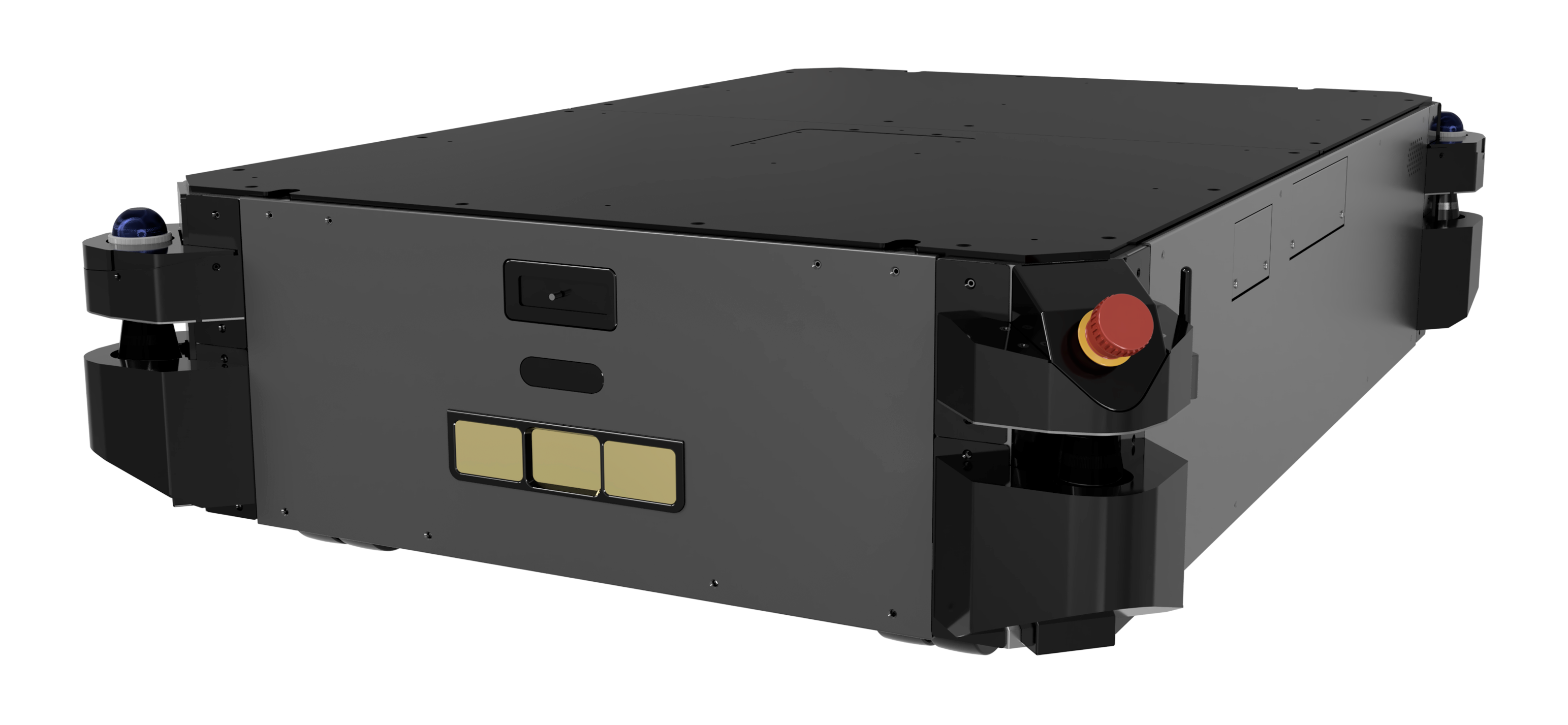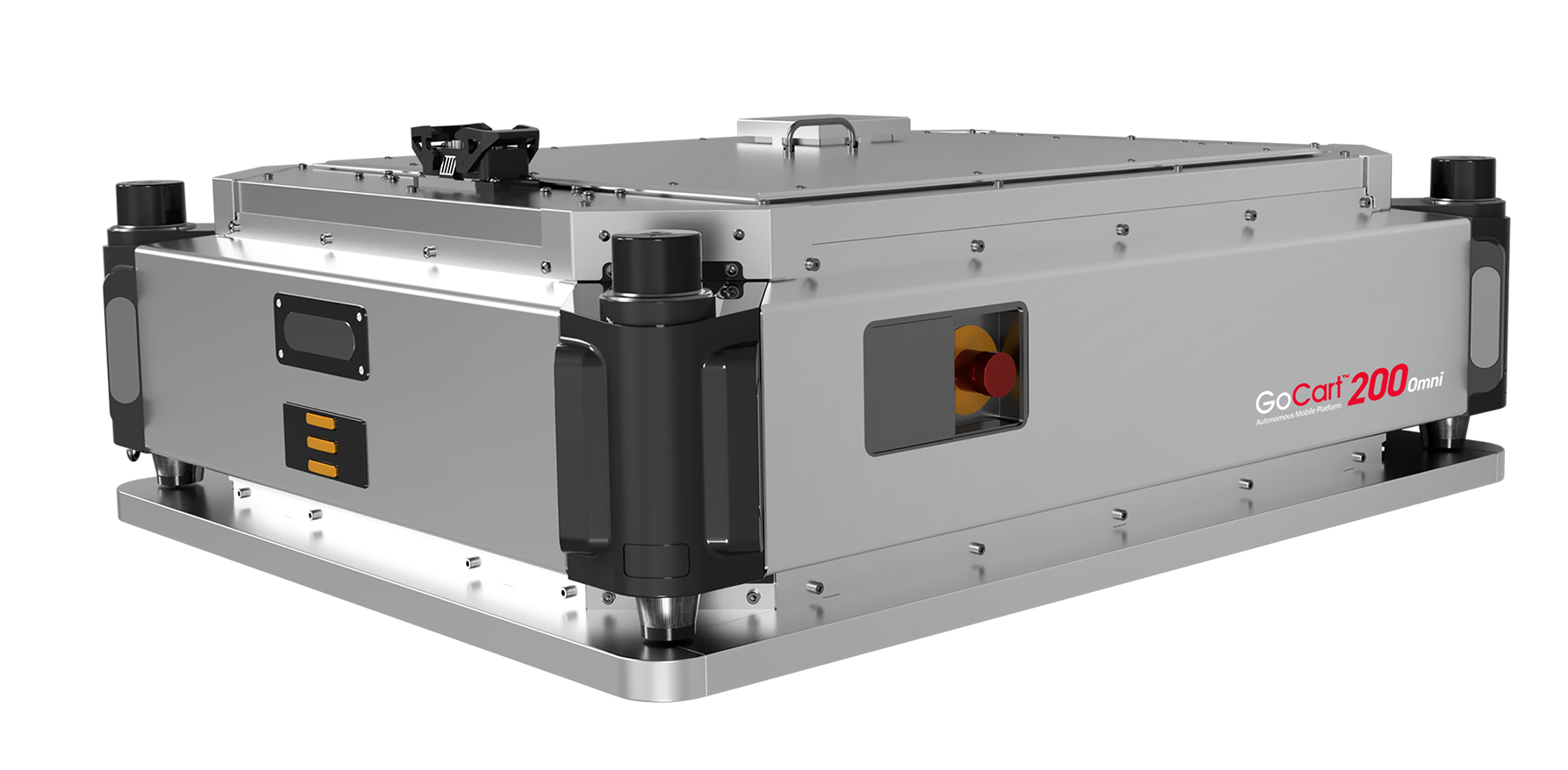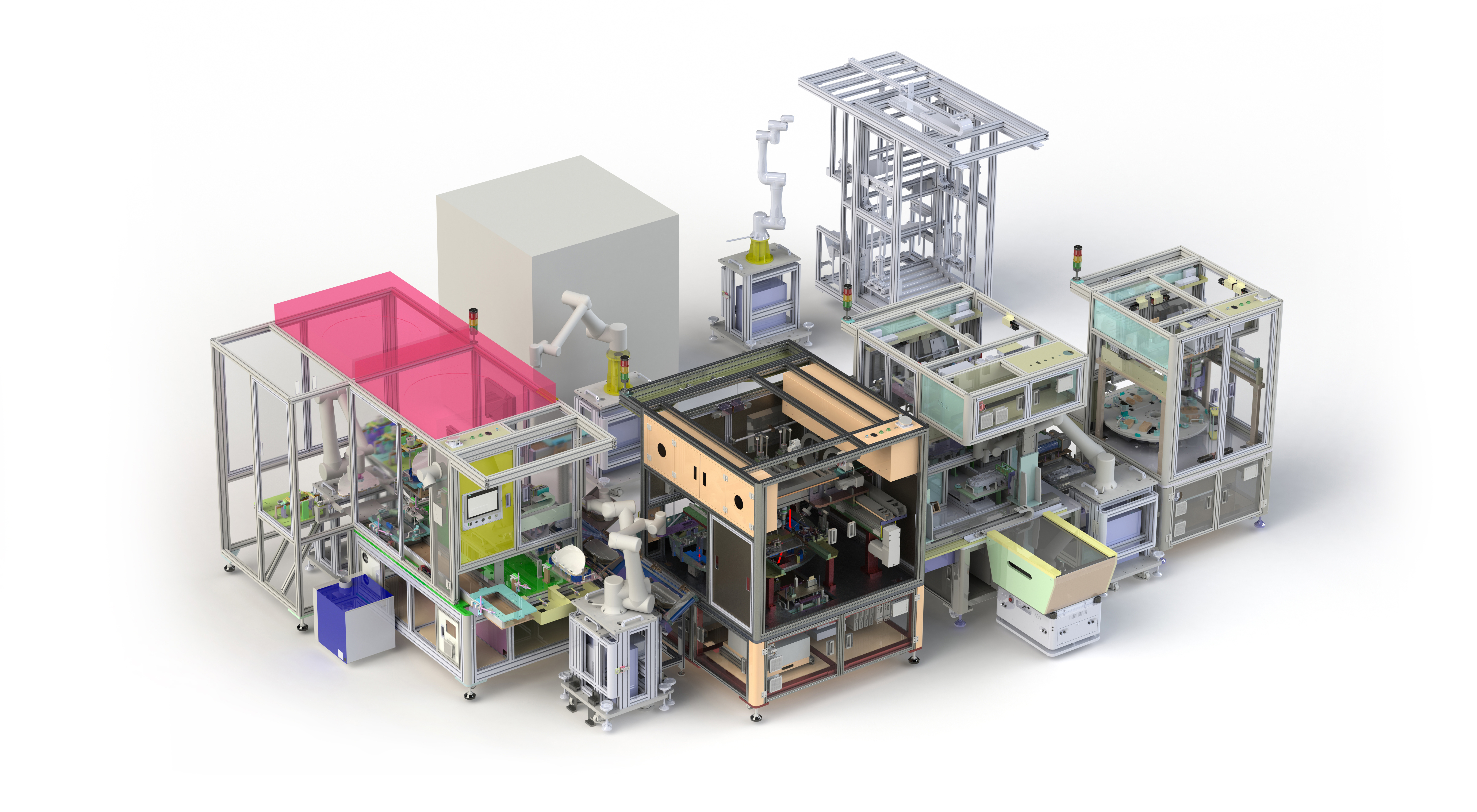In 2019, economists from Oxford University made a bold prediction: By 2030, they said, robots could be filling as many as 20 million manufacturing jobs around the world. In China alone, some 14 million robots would join the workforce by the start of the next decade, they predicted.
The findings, which were detailed in the report How Robots Change the World: What Automation Really Means for Jobs and Productivity, underscored what many companies and workers already have realized. Once a futuristic fantasy, today robots are becoming an accepted (and welcomed) part of the workforce.
Rather than replacing a warehouse full of employees, they have become reliable collaborators in creating a safer and more efficient workplace. As the benefits of robotic process automation become more apparent, both workers and business owners are embracing this new way of working.
In their report, the Oxford researchers emphasized the positive implications of leveraging robots in manufacturing and warehouse environments: “It’s important to note that despite the rising pace of robotics investment and installation, popular fears that robots will create huge swathes of unemployment around the world are somewhat misplaced,” they wrote. “This is because the value created by robots across the economy more than offsets their disruptive impact on employment. Manufacturers automate their production processes to boost productivity.”

Addressing a manufacturing challenge
The use of robots in the workplace could not have come at a better time — particularly in terms of the manufacturing industry. Manufacturing is critical for economic growth, and it also drives innovation, creates jobs and supports businesses.
In the U.S., it is the fifth-largest sector — but, like many industries, it’s facing a shortage of skilled workers. That gulf is expected to continue widening; according to projections by Deloitte, the industry will face a shortage of more than 2.1 million workers by 2030.
There are multiple reasons for the shortage, which include:
- A growing number of Baby Boomers reaching retirement age
- Young workers seeking careers in white-collar industries such as technology, healthcare, finance, etc.
- The perception that manufacturing jobs are “dirty,” low-paying and require little skill
- Concerns that manufacturing jobs are unsafe[PF1]

Opportunity beyond manufacturing
While manufacturing is one of the sectors that can benefit significantly from leveraging robotics, it isn’t the only industry that can improve by implementing such automated processes. Let’s look at three additional industries that are streamlining processes and cutting labor costs with the help of robots.
- Healthcare. During the pandemic, 18% of healthcare workers quit their jobs, and between now and 2030, more than one million nurses could leave the workforce. At the same time, an aging population is expected to create more demands for an already strained healthcare system.
Hospitals and other healthcare environments have been increasingly relying on robots to perform tasks such as delivering meals, laundry and medications to patients. This makes a safer environment for workers, who are susceptible to injuries from slips, falls and transportation accidents.
According to the U.S. Bureau of Labor Statistics, hospital workers have a higher-than-average rate of injury and illness; by relegating such tasks as delivering specimens and blood to laboratories, workers can reduce the miles walked during a day — reducing both stress and fatigue.
More recently, hospitals found relief by using autonomous mobile robots, or AMRs, to enter highly infectious areas such as COVID wards to transport and collect contagious materials without putting healthcare workers at risk.
- Distribution and fulfillment. The rise of e-commerce increased the need for facilities to fulfill orders in a timelier manner, and the one-two punch of a changing workforce and escalating labor costs creates more challenges for the distribution industry. Putting robotic process solutions in place can not only offset the problem of a dwindling workforce but also can speed up processes, ensure greater accuracy of order fulfillment and optimize overall operations by using flexible robots (like AMRs) that can be used for multiple tasks.
- Materials handling and logistics. Creating a safer warehouse has been no small feat for the materials handling and logistics industry. Forklifts are required to lift, load and transport heavy materials, yet they are responsible for an estimated 85 fatalities and some 35,000 serious accidents every year in the U.S. alone.
Robots aren’t subject to distractions, nor do they suffer from fatigue or try cutting corners to get their job done more quickly. All those are factors in forklift accidents when humans are in control, and turning the job over to automated equipment means immediately eliminating those threats. Implementing autonomous forklifts can not only dramatically improve warehouse safety but it also reduces the risk of misplaced inventory within a warehouse.

How robotic processes can help employees
The ability to automate a diverse array of processes could be the answer for industries looking to close the gap between customer demand and their current ability. It can help employers create an overall healthier — and more appealing — work environment. In that way, automation isn’t just improving the business from a financial point of view; it also is improving it from the workers’ perspective. Here’s how.
- Improving workplace safety. Workplace safety looks different from one industry to the next; in healthcare, safety means fewer accidents and injuries caused by slips, falls, trips or walking and bending. It also means workers receive less exposure to potentially harmful substances, which can range from dangerous drugs and diseases to toxic cleaning chemicals.
In warehouses and manufacturing environments, it means workers are protected from lifting accidents or from forklift accidents that occur in situations such as when the equipment is backing up, turning or braking.
Whatever safety looks like in that individual environment, automating processes with help from robots has a significant effect: While the U.S. Department of Labor’s Occupational Safety and Health Administration reports that businesses spend an average of $170 billion each year on injuries and illnesses on the job, it also says that improving safety procedures can cut those costs by as much as 40%. And for workers, that means a longer, more satisfying career free of injury.
- Increasing efficiency. Making processes faster and more efficient also affects the bottom line. When robots enter the picture, efficiency increases. For example, in a healthcare environment, the use of AMRs can cut the number of steps nurses walk each day by between three and four miles[PF2]. That not only frees up their time but reduces overall wear and tear on workers.
And it’s not just hospitals that can benefit from that: By dramatically reducing the number of steps workers must take throughout their day — be it in materials handling facility, a manufacturing plant or a fulfillment warehouse — companies can reduce the overall worker fatigue and have a more content and productive employee.

In terms of efficiency, automating processes delivers on both sides of the coin. The robots are able to perform tasks faster, more accurately, and more consistently, while at the same time, employees are experiencing less physical and mental stress on the job.
- Reducing burnout and improving worker retention. Unhappy workers tend to leave their jobs, and as all business owners know, turnover is expensive. Creating a workplace that’s safer and less stressful plays a key role in improving worker satisfaction. Taking away more mundane tasks opens the door to being able to provide employees with the opportunity to explore other, more rewarding roles that could encourage them to thrive and contribute to the organization as a whole.
As companies look for ways to remain competitive while attracting and retaining employees, the robotization of processes is providing solutions that check numerous boxes. Improved safety, greater employee satisfaction and increased productivity and efficiency are all appealing to workers — and each can help companies reduce their costs as well.
Automation is becoming increasingly commonplace, and workers today are less worried about being replaced by robots but are, instead, learning the benefits of working alongside them.
[PF1]Source: How Robotics Can Help Manufacturers Solve Labor Shortages



















